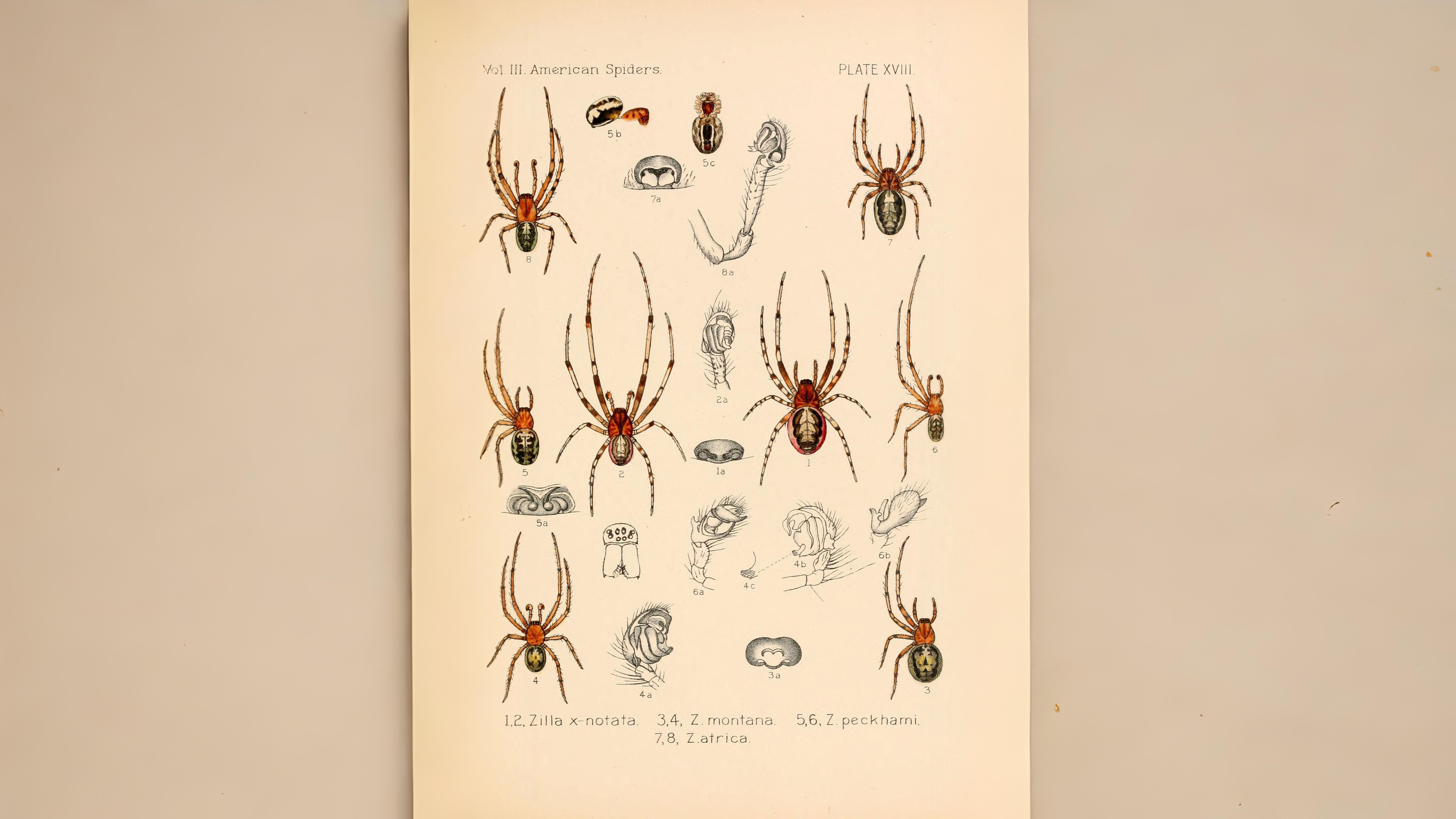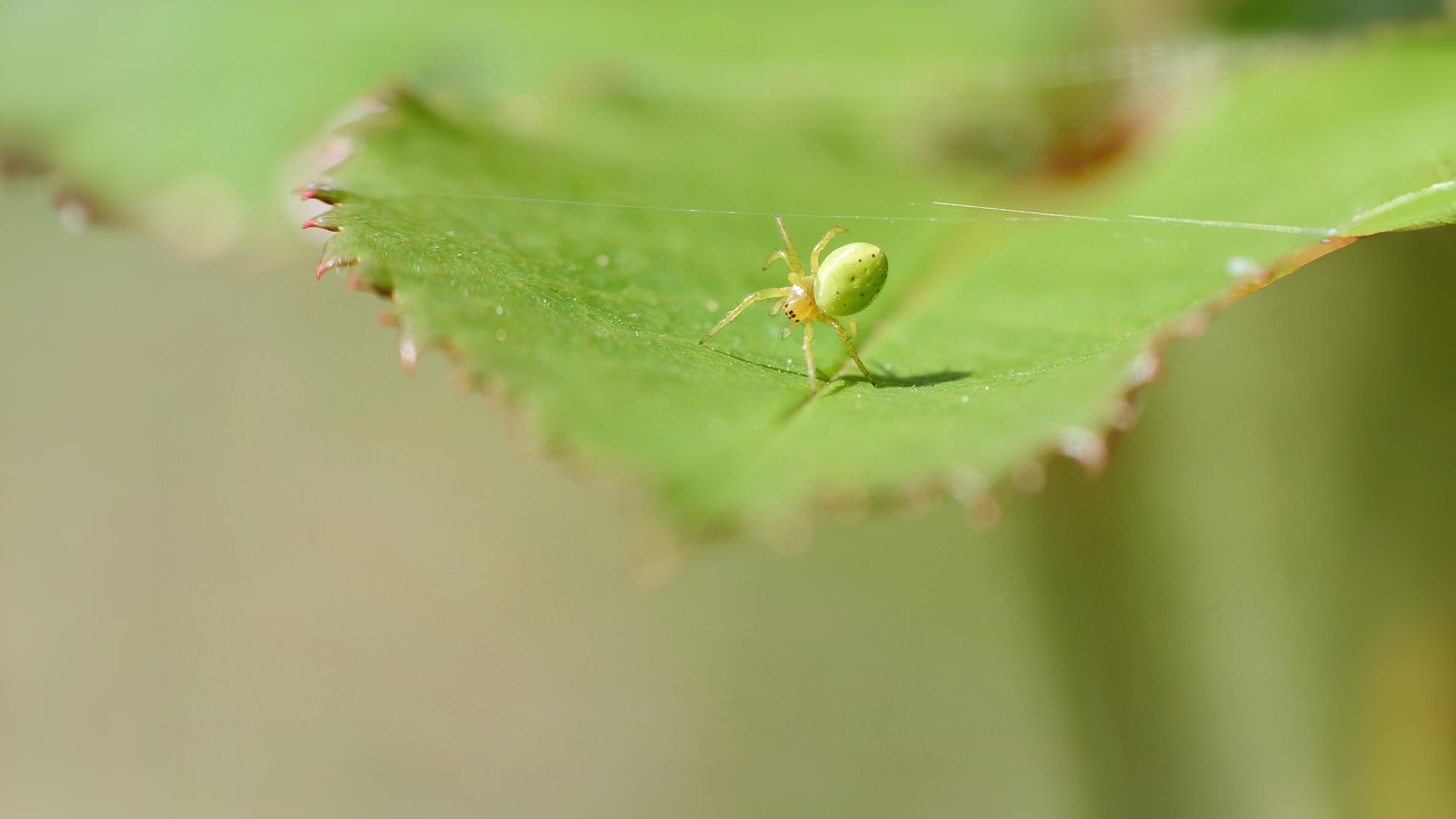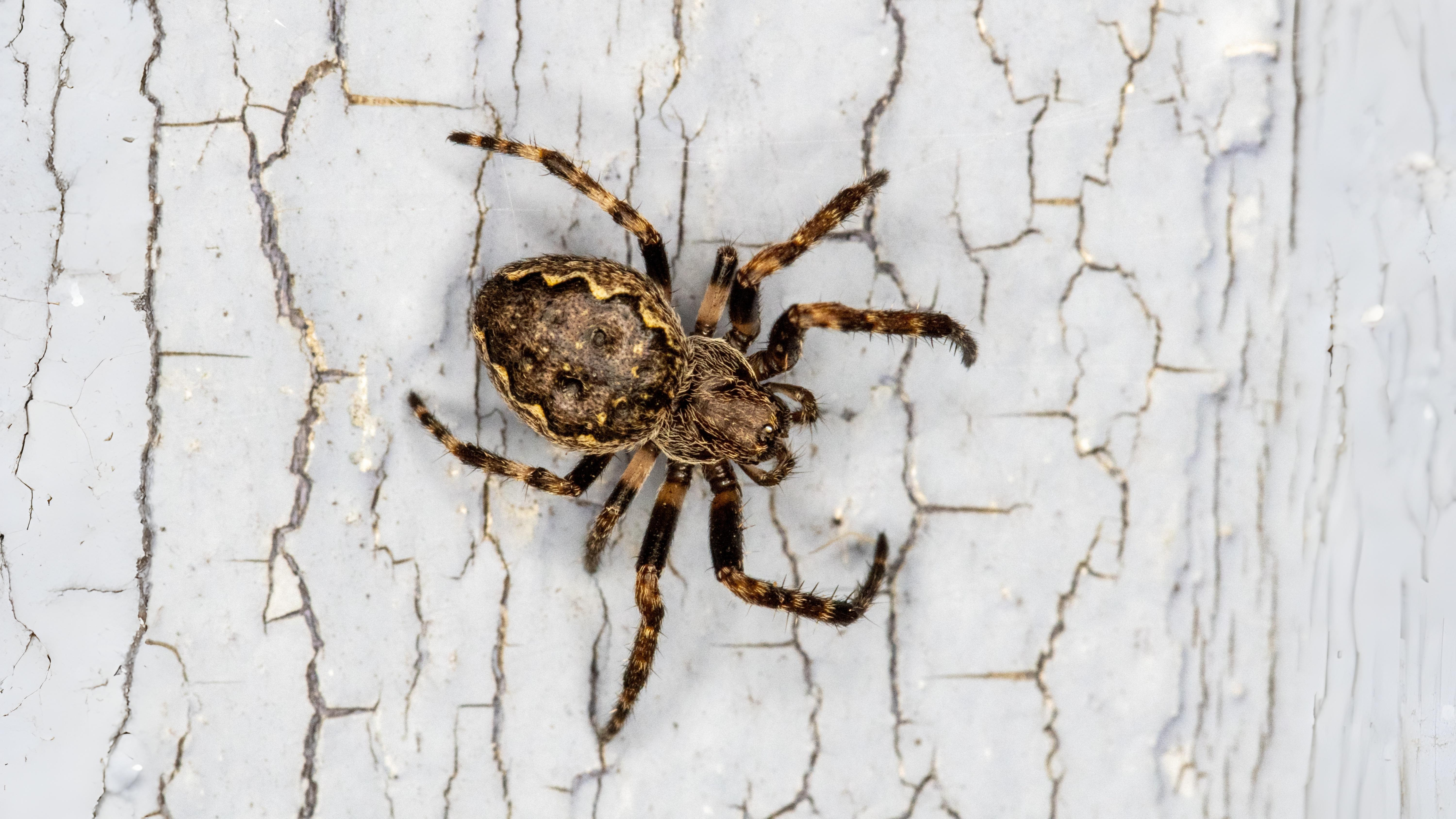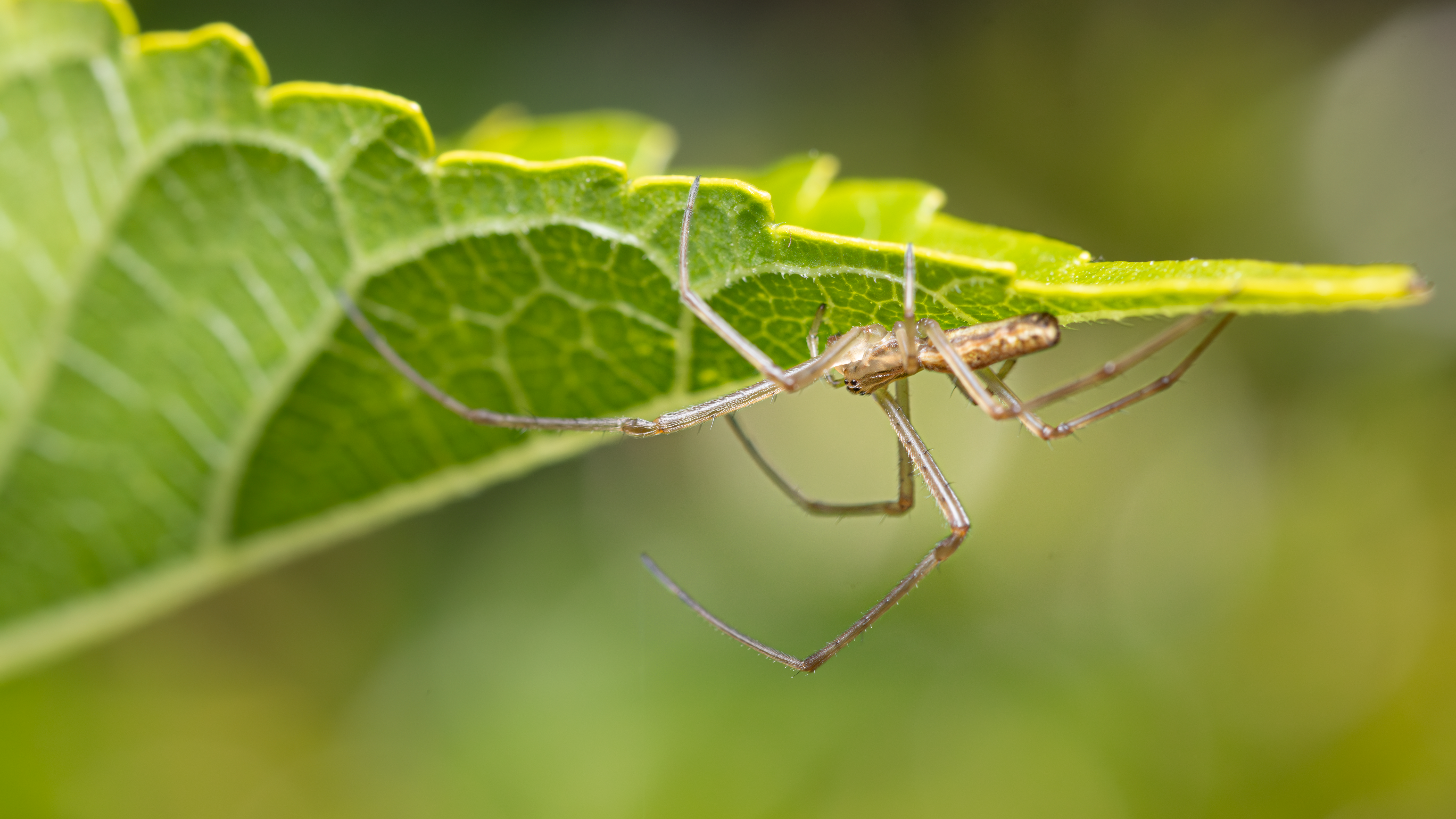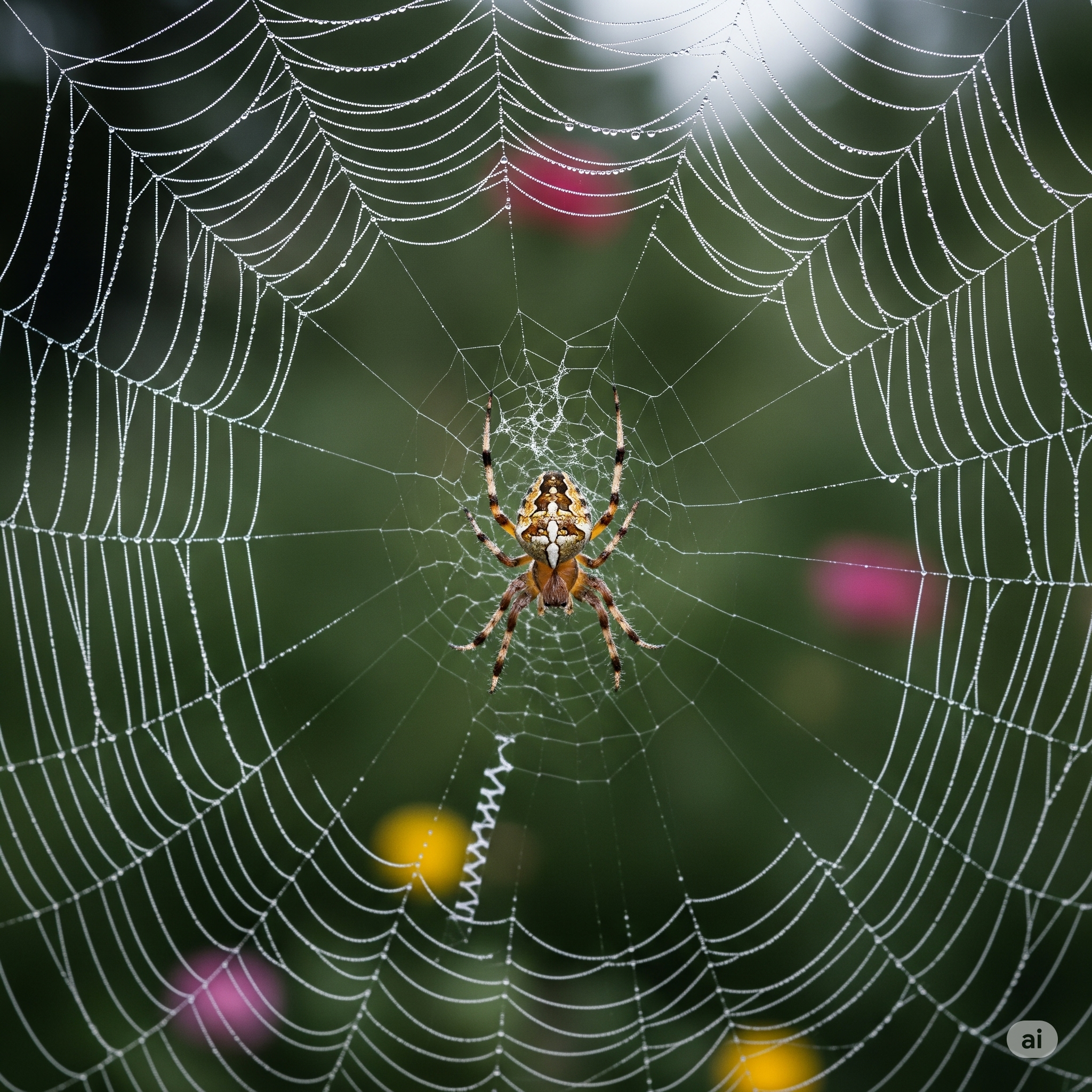
Have you ever stopped to witness one of nature's most impressive spectacles? In gardens across London, the intricate, geometric webs of the garden spider appear as if from nowhere, often spun fresh each day. These marvels of engineering, created by touch alone, have inspired everyone from kings to naturalists. But the garden spider is just one of many master weavers. This month, a diverse family of orb-weavers, from the large and colourful to the small and metallic, are at their busiest. How do they build these perfect orbs, and what secrets do their different designs reveal?
Return on August 21st to enter the fascinating world of London’s orb web spiders.
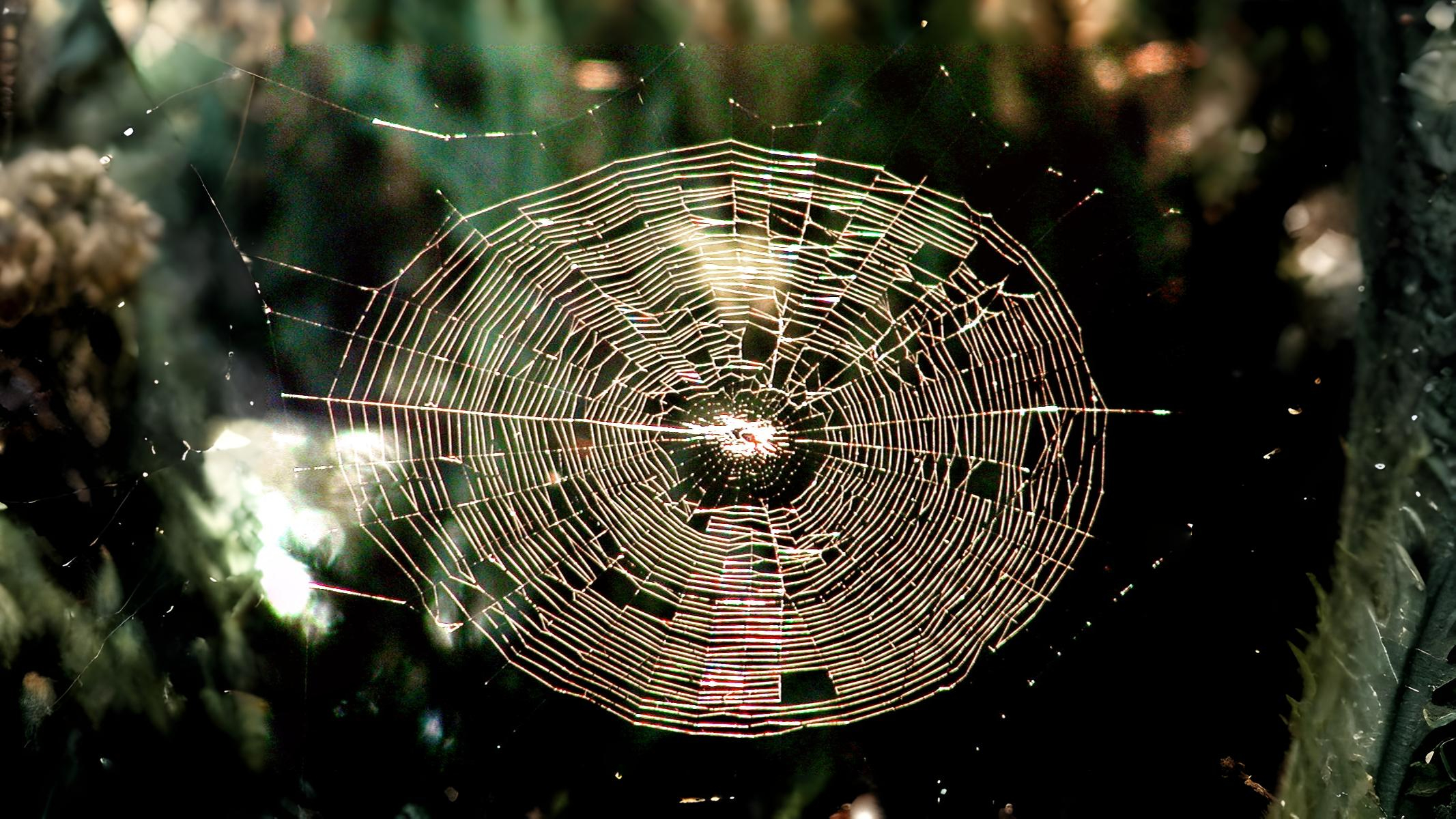

Although London spiders are virtually all harmless, many people still possess an innate fear of them. This may not have been helped by the familiar nursery rhyme ‘Little Miss Muffet’, who is frightened by a spider and then runs away. Her father, Thomas Mouffet, was a London clergyman in the sixteenth century who was well known for trying to cure his sickly daughter by encouraging her to eat spiders – this being a common enough remedy at the time.
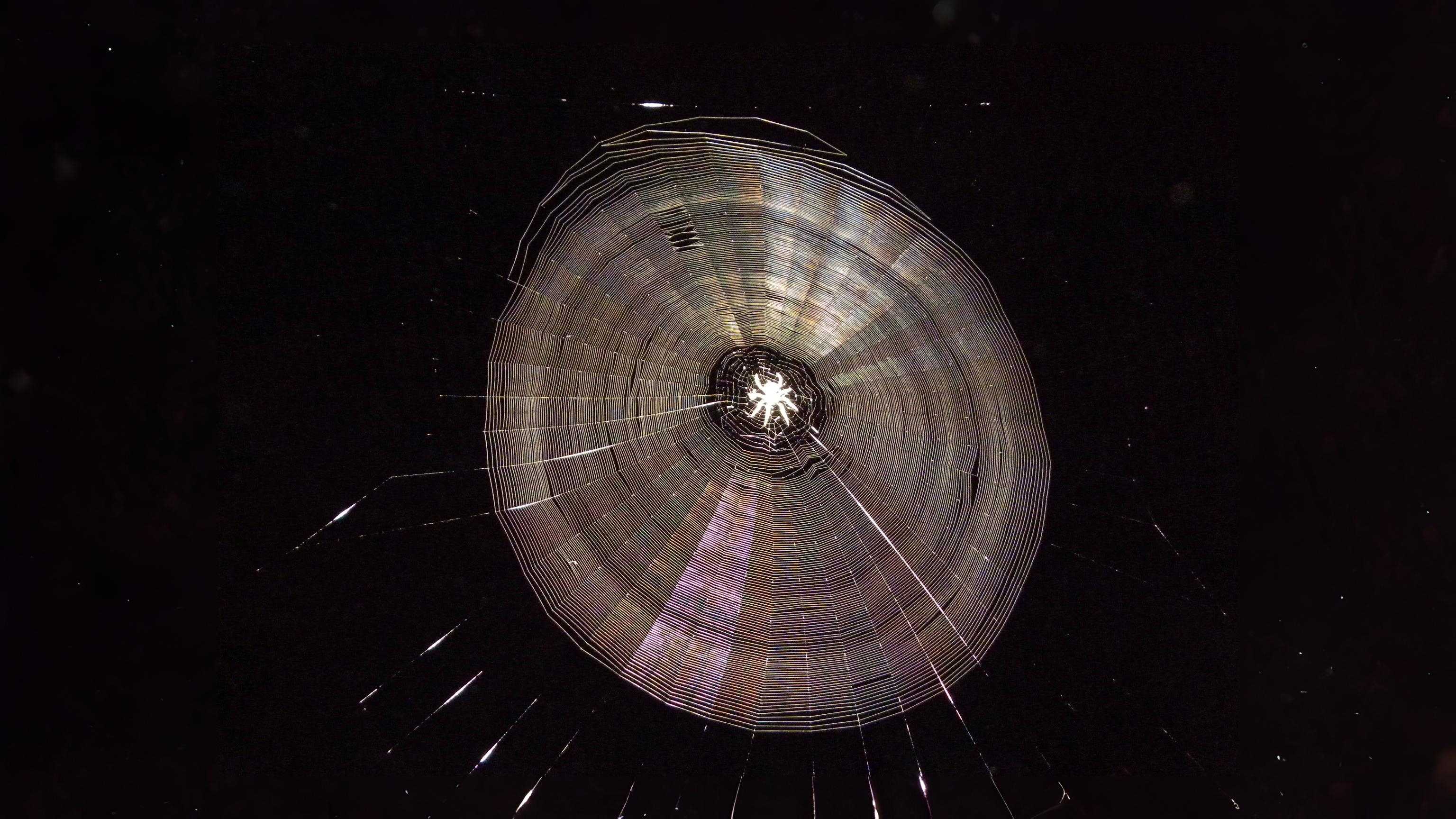

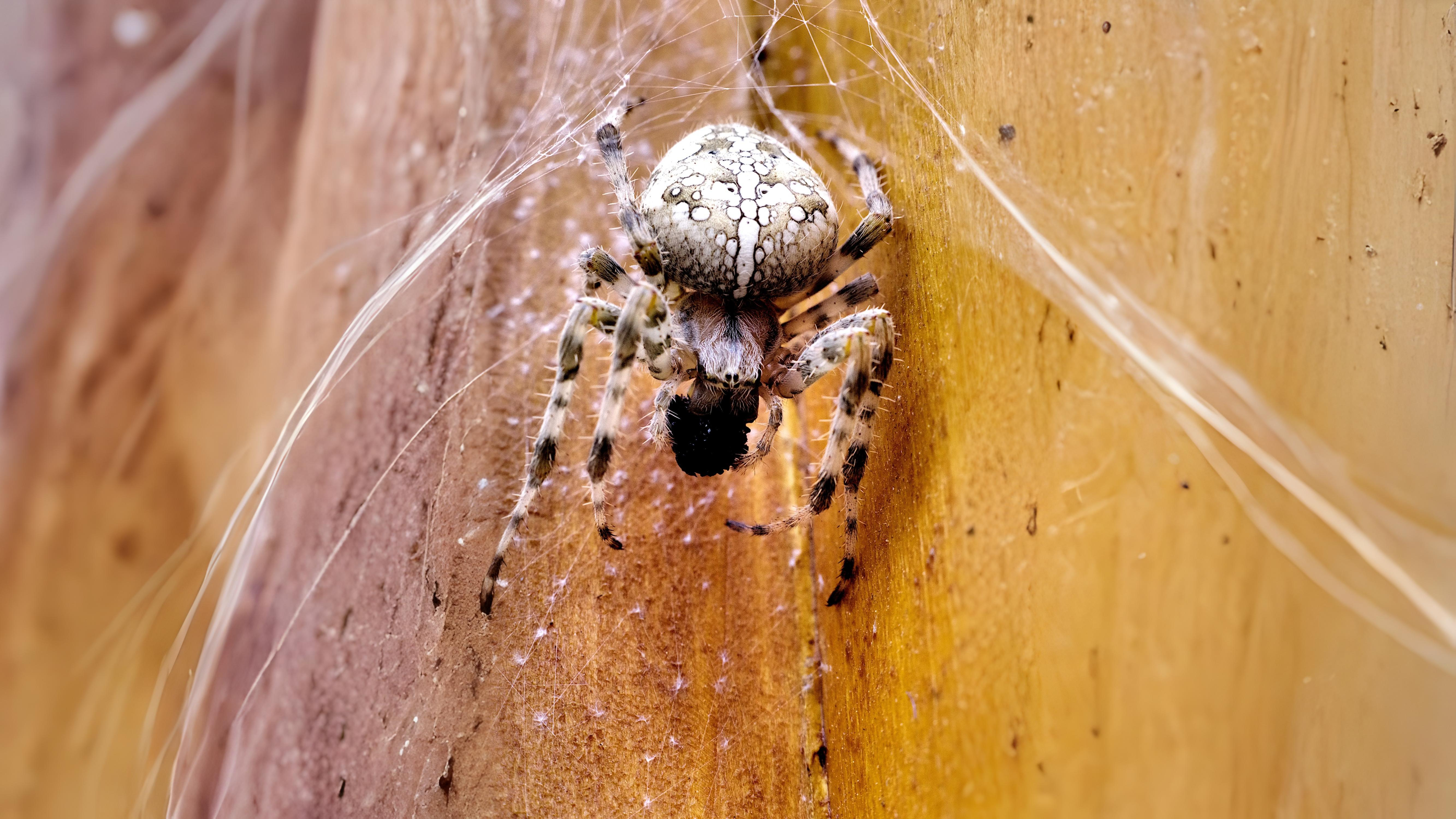

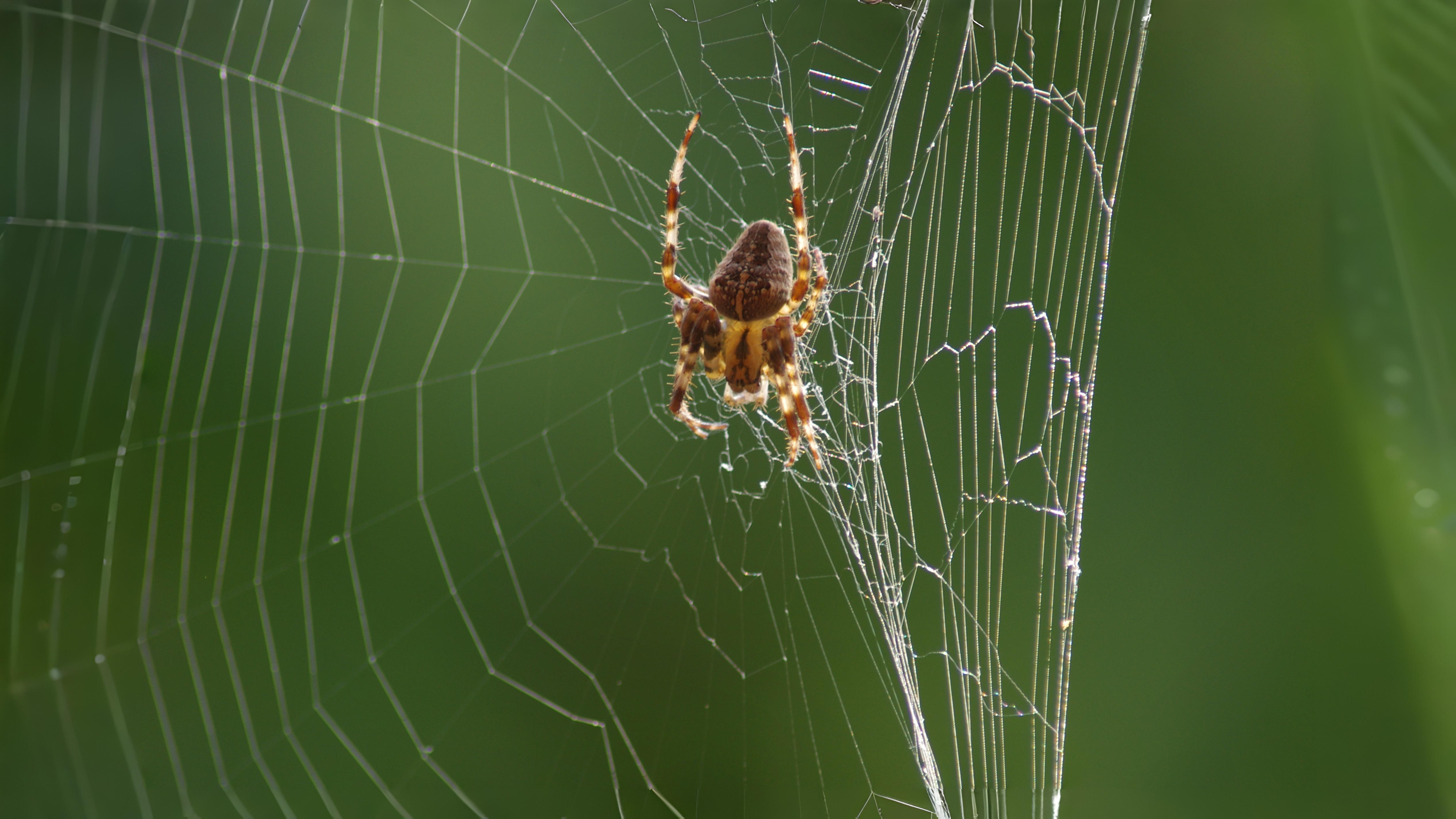

If it is windy and something like a dried leaf gets caught in the web she is quite capable of cutting it out and mending the hole quickly. If a fly blunders in she moves even quicker, generally inflicting a lethal bite to the neck or the soft part of a leg in less than five seconds. Once her prey is paralysed she will then either wrap it up in silk for later or drag it to her lair to feed on its blood. However, if it is a wasp that gets caught she is far more careful, usually cutting it out to release it but, if it shows any sign of infirmity, she will kill it and then eat it instead.
